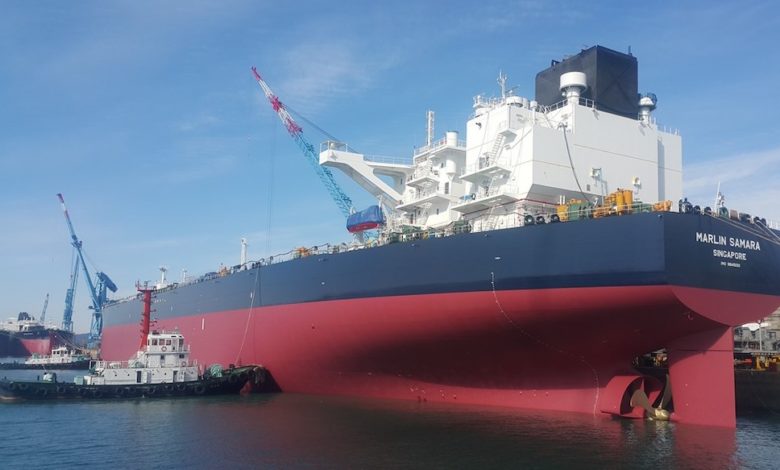Trafigura submits its own carbon levy plan to IMO

Multinational commodity trading company Trafigura has detailed its own ideas of how a carbon levy might work for the shipping industry in a submission to the International Maritime Organization (IMO) ahead of the UN body’s Marine Environment Protection Committee (MEPC) virtual summit rescheduled for November.
Writing in the Financial Times, Rasmus Bach Nielsen, Trafigura’s global head of wet freight and his colleague, Jose Maria Larocca, the company’s co-head of oil trading, argued that the best way of promoting green changes in shipping is through the adoption of a market-based measure that would charge a levy on carbon-intensive shipping fuels and subsidise low- and zero-carbon fuels.
Trafigura has submitted a proposal to the IMO for a what it describes as a partial “feebate” system to decarbonise global shipping.
The initial levy of between $250-$300 per tonne of CO2 equivalent may sound high, but we believe it is necessary
Trafigura, part of the Getting to Zero Coalition, has proposed a self-financing system where a levy is charged on the use of fuels with a CO2-equivalent intensity above an agreed benchmark level, and a subsidy is provided for fuels with a CO2-equivalent profile below that level. Trafigura analysis suggests that the levy should be between $250-$300 per tonne of CO2-equivalent.
“While primarily bridging the cost gap between carbon intensive and low or zero carbon fuels, this partial ‘feebate’ would also raise billions of dollars for research into alternative fuels and could help assist small island developing states and other developing countries mitigate the impact of climate change,” Nielsen and Larocca wrote.
There are already plenty of shipping carbon levy plans under discussion, including the IMO’s plans as well as the European Commission’s proposal to include shipping in its emission trading system.
Trafigura argues its approach is different in that it would create a genuine market-based measure to reduce emissions, together with funding for R&D and for climate change-affected small island developing states.
Trafigura has stated that its carbon levy proposal would need to be adjusted as economies of scale are found in the production of lower-carbon fuels and the cost competitiveness gap narrows.
“The initial levy of between $250-$300 per tonne of CO2 equivalent may sound high, but we believe it is necessary,” Nielsen and Larocca wrote, adding that Trafigura is willing to bear the extra chartering costs.
“This increase in operational costs will spur charterers to change behaviour to reduce emissions, charter more efficient ships and switch to lower carbon fuels,” the pair observed.
Splash will be reporting on the key outcomes from November’s important MEPC gathering where short-term measures to cut greenhouse gas emissions from shipping are topping the agenda.

Hi Sam, very interesting and progressive signal from industry. But are you sure this is actually a submission to IMO at MEPC75? I thought the Secretariat has been insistent that they will not entertain new submissions on MBMs before MEPC76, despite saying they recognise the urgency needed.
Trafigura.
Who else would you entrust with the future of the planet?